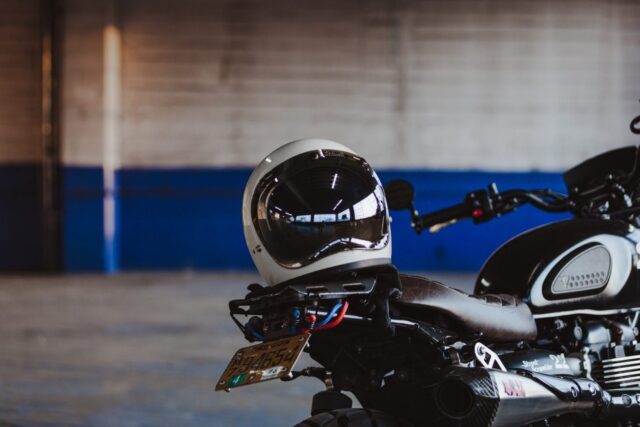
If you’re a new rider excited to start riding, picking the right motorcycle helmet is crucial. It can literally save your life in case of an accident, so it’s important to make the right choice from the get-go. This beginner’s guide will walk you through everything you need to know to find the safest, most comfortable helmet to protect your head as you start your thrilling riding journey.
Choosing the Right Type of Motorcycle Helmet
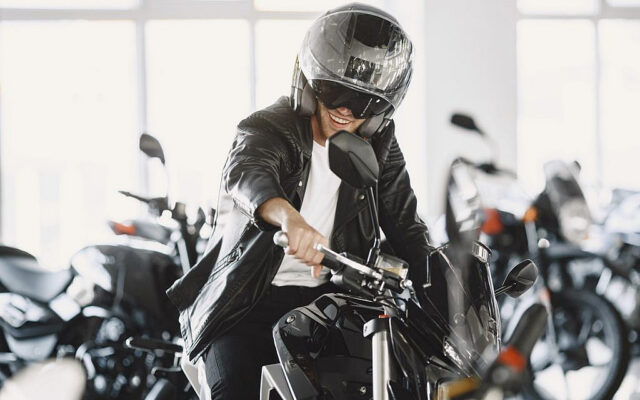
When shopping for your first motorcycle helmet, one of the most significant decisions is deciding on the right type of helmet for your needs. There are several main types of motorcycle helmets to consider:
Full-Face Helmet
The full-face helmet offers the most all-around protection. This type covers your entire head, with a chin bar and protective visor over the face opening. Full-face motorcycle helmets provide the best impact protection and aerodynamic stability at high speeds. The main downsides are decreased visibility and increased weight compared to other styles.
Modular/Flip-Up Helmet
Modular helmets provide a versatile combination of features. They function as full-face helmets with the chin bar and visor during riding, but the front can flip up to allow for increased visibility and easy access when stopped. This makes them a good choice for beginning and commuter riders. However, they are generally heavier than other styles and may not provide as much ventilation.
Open-Face Helmet
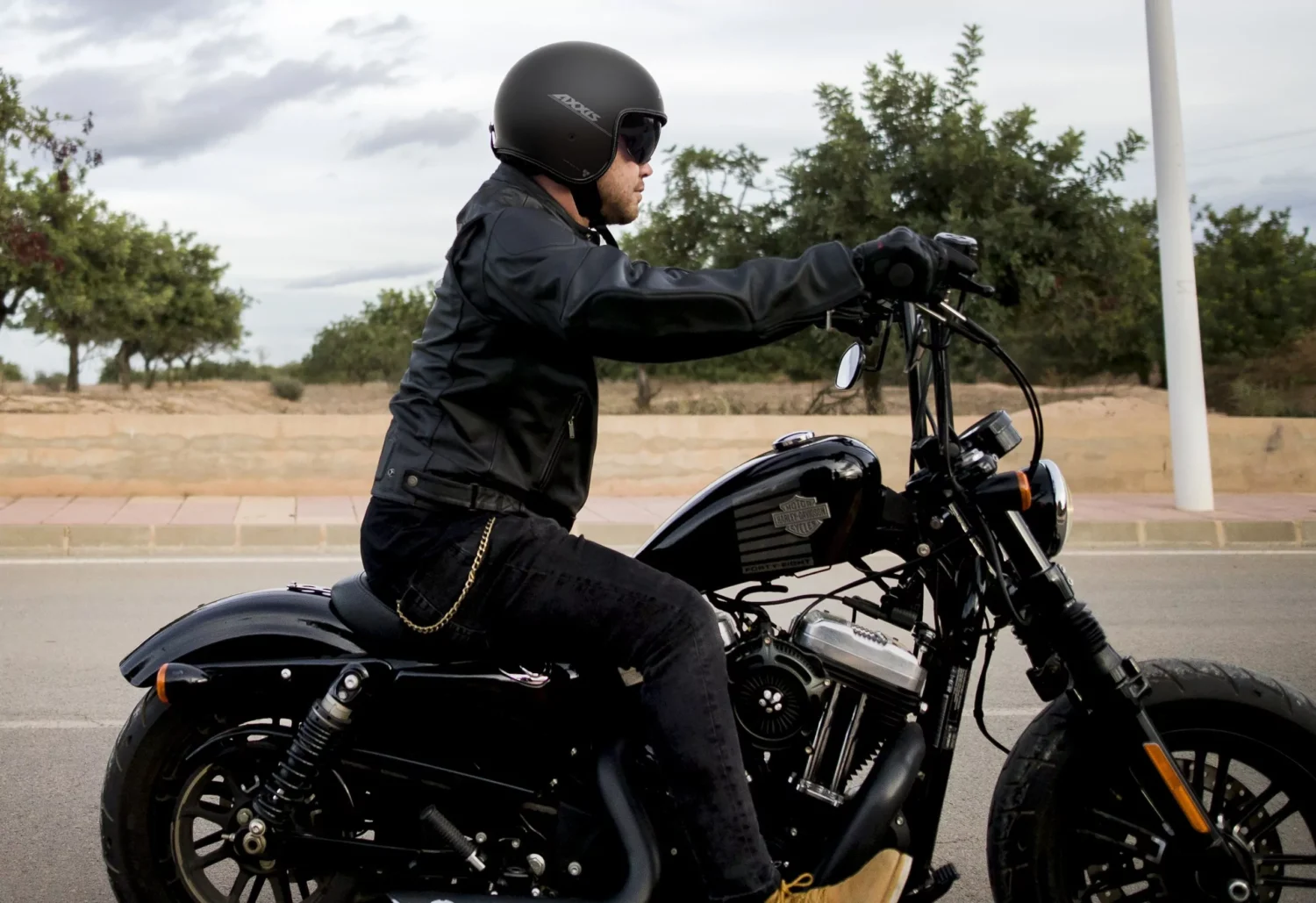
The open face, or 3/4 helmet, offers good visibility and weight savings but less overall coverage. This style exposes your face, so wear goggles or sunglasses for eye protection. Open-face helmets are lighter and often preferred in warmer weather but have decreased safety compared to full-face or modular options.
Half Helmet
The smallest helmet option, half helmets, only covers the top portion of your head. This minimal design provides good airflow and visibility but exposes much of your head. Half helmets are very lightweight but should only be worn with other protective gear like goggles and a face mask. They offer the least amount of impact protection.
A high-quality full-face or modular helmet is recommended for beginners seeking a safe, versatile choice for their first motorcycle helmet. However, assessing your needs for visibility, climate, and riding style will help determine the best type.
Getting the Right Fit
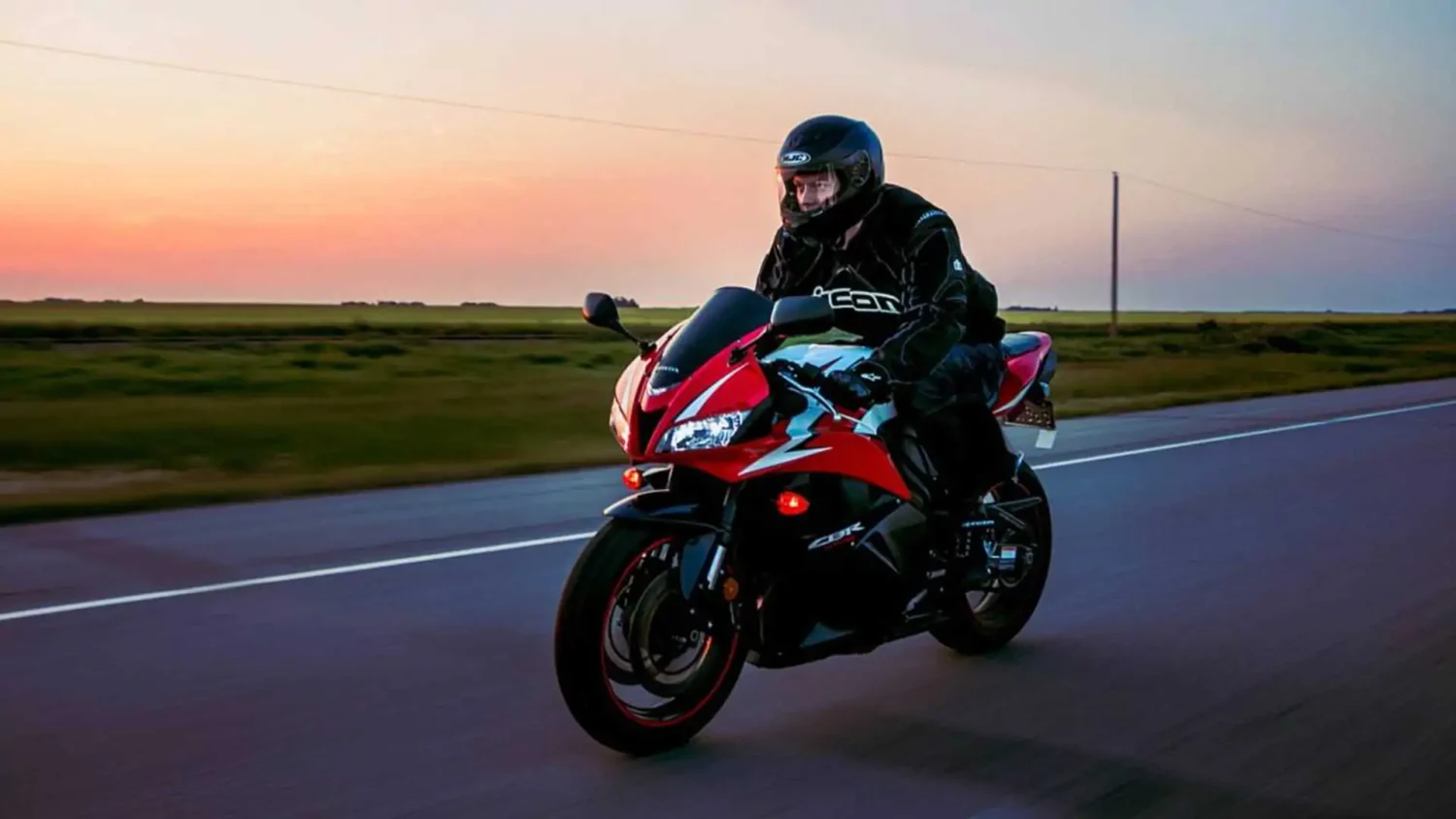
Finding the perfect fit is crucial when selecting your first motorcycle helmet. An ill-fitting helmet can be uncomfortable or unstable when riding. Follow these tips to get the right size and customized fit:
- Measure your head circumference above your eyebrows and refer to the helmet sizing chart to identify the best size range for you. Sizes vary between brands.
- Try helmets on in person before buying them. The helmet should feel snug when on and should not shift or wobble.
- Adjust the straps and cheek pads for a secure, customized fit. The cheek pads should touch your cheeks lightly without pressing uncomfortably.
- Full-face and modular helmets may feel tight initially, but they should not be painfully tight. Expect a break-in period as the interior padding molds to your head shape.
- The helmet should sit level on your head and low enough to protect your forehead. When strapped, it should not tilt back.
Consider ordering thick replacement cheek pads if a helmet is slightly oversized to improve fit. Thinner pads can adjust a too-tight helmet.
Must-Have Features to Look For
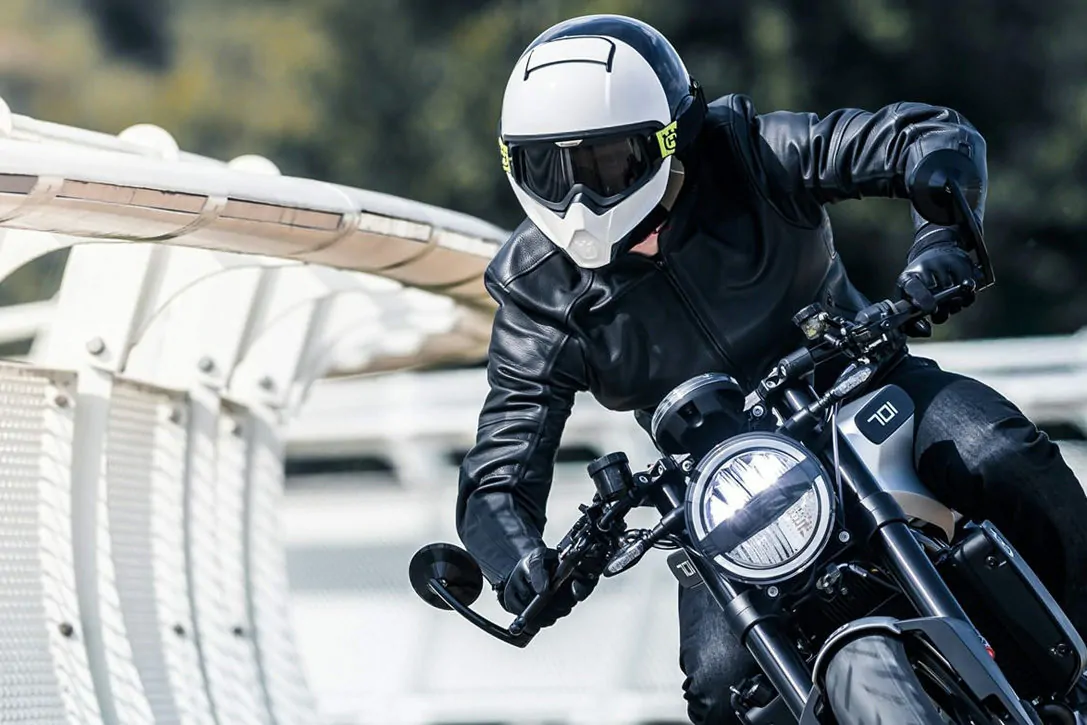
While style and design are essential in choosing a helmet, safety should always be the top priority. Look for these key features to ensure your helmet provides adequate impact protection:
- Strong Outer Shell – The outer shell should be made of solid, high-density materials like carbon fiber, Kevlar, or reinforced plastics to resist impact.
- Impact-Absorbing Inner Liner – Inner liner materials like EPS foam or dual-density EPS absorb shock and diffuse energy from collisions.
- Ventilation System – Proper airflow from vents and exhaust ports prevents shield fogging and keeps your head cool.
- Face Shield with Anti-Scratch Coating – A hard, protective polycarbonate face shield with an anti-scratch coating maintains good visibility.
- Secure Chin Strap – A micro-adjustable and padded chin strap keeps the helmet stable on your head in the event of a crash.
- DOT Certification – Look for DOT stickers indicating the helmet meets minimum U.S. safety standards. Other respected certifications include ECE 22.05 and Snell Memorial ratings.
While exciting designs and features attract attention, never compromise on the quality of the materials and construction. Safety certifications and ratings should guide your final decision when purchasing your first motorcycle helmet.
Conclusion
Finding the right motorcycle helmet takes research, patience, and trying different options, but the investment of time pays off greatly in safety. With a quality helmet suited to your needs and riding style, you can reduce risk and focus on developing skills and confidence on your new bike. Stay diligent about replacing helmets after any major impacts, and happy riding on your exciting new adventures!














